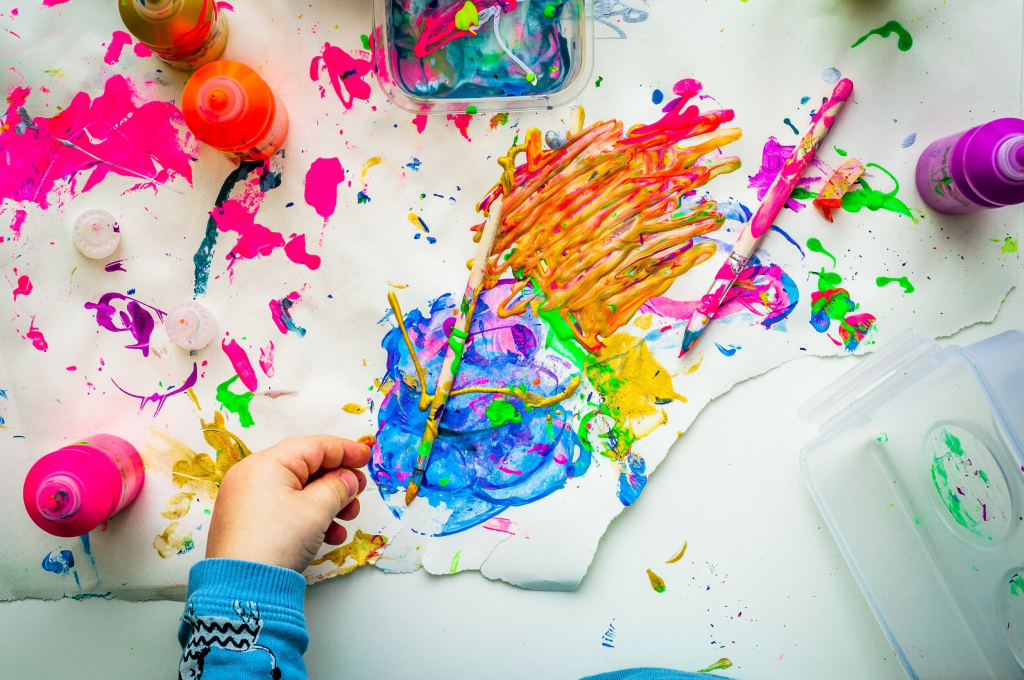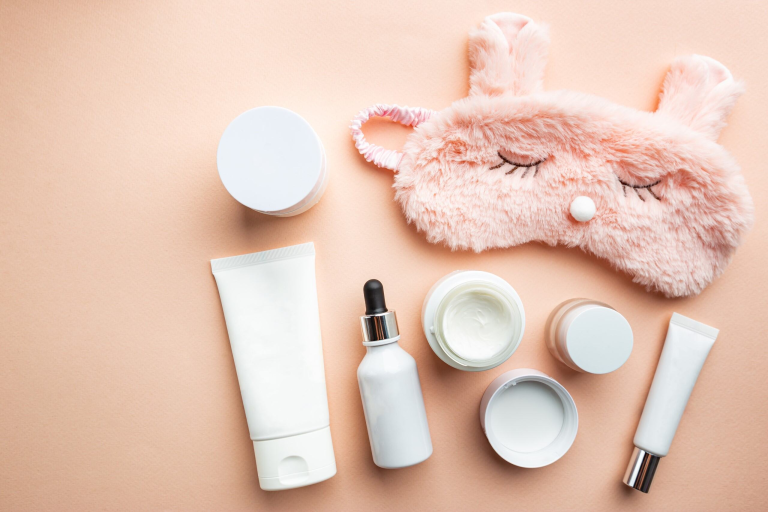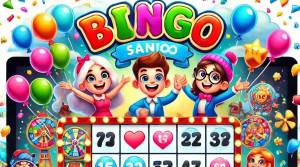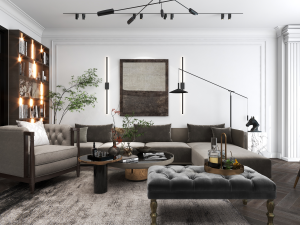In a world increasingly dominated by digital screens and rapid communication, the profound benefits of artistic expression remain as vital as ever. Whether through painting, writing, music, dance, or countless other creative outlets, artistic engagement offers unique advantages that extend far beyond aesthetic pleasure. This exploration delves into how creative expression nurtures mental wellbeing, cognitive development, emotional intelligence, and personal growth—benefits accessible to everyone regardless of technical skill or formal training.
Understanding Artistic Expression
Artistic expression encompasses any activity where individuals create something that communicates their thoughts, feelings, or ideas. This broad definition includes traditional fine arts like painting and sculpture, but extends to writing, music, dance, digital creation, crafting, and even activities like cooking or gardening when approached with creative intent.
What makes these activities transformative isn’t technical perfection or public recognition, but rather the process of externalization—giving form to internal experiences and connecting with something beyond ourselves. This fundamentally human process has accompanied our species throughout history, from cave paintings to digital art, suggesting its essential role in human development and wellbeing.
Psychological and Emotional Benefits
The psychological benefits of artistic expression are perhaps the most extensively researched and immediately apparent.
Stress Reduction and Emotional Regulation
Creative activities provide powerful tools for managing stress and difficult emotions:
- Engagement in artistic processes lowers cortisol levels
- Creative flow states interrupt anxiety and rumination cycles
- Artistic expression offers safe outlets for processing complex feelings
- The sensory aspects of creation (texture, color, sound) provide grounding during emotional distress
- Regular creative practice builds resilience against future stressors
These effects make artistic expression particularly valuable during challenging life periods or for managing chronic stress conditions.
Enhanced Self-Understanding and Identity Development
Artistic processes facilitate deeper self-knowledge:
- Creative expression externalizes subconscious thoughts and feelings
- The creative product provides material for reflection and insight
- Artistic choices reveal personal values and preferences
- Creative challenges highlight strengths and growth opportunities
- Completed works create tangible evidence of personal evolution
This self-knowledge contributes to a more coherent sense of identity and purpose, particularly during transitional life periods.

Improved emotional well-being
Regular artistic practice positively influences overall mental health:
- Creates sustainable positive emotion through engagement and accomplishment
- Provides healthy coping mechanisms for processing difficult experiences
- Fosters self-acceptance through imperfection tolerance
- Builds confidence through skill development and creative problem-solving
- Offers meaningful experiences that contribute to life satisfaction
These emotional benefits of artistic expression explain why art therapy has become an established mental health intervention, though formal therapy isn’t necessary to experience these advantages.
Cognitive and Intellectual Growth
Beyond emotional benefits, artistic expression significantly enhances cognitive functioning and intellectual development.
Enhanced Problem-Solving Abilities
Creative processes naturally develop versatile thinking:
- Artistic challenges require novel solutions and approaches
- Creative constraints foster resourcefulness and adaptability
- The iterative nature of art teaches persistence through obstacles
- Visualization skills strengthen spatial reasoning
- Artistic experimentation builds comfort with uncertainty
These problem-solving skills transfer readily to professional, academic, and personal challenges beyond artistic contexts.
Improved Concentration and Mindfulness
Artistic engagement naturally induces focused attention:
- Creative flow states train sustained concentration
- Detailed creative work develops observation skills
- Sensory engagement anchors attention to the present moment
- Regular practice strengthens attention regulation
- Creative processes encourage single-tasking over multitasking
In our distraction-filled environment, these attention benefits provide valuable cognitive training applicable across life domains.
Neurological Development and Protection
Emerging research highlights how artistic activities positively affect brain structure and function:
- Creative activities form new neural pathways across brain regions
- Artistic practice strengthens connections between left and right hemispheres
- Regular creative engagement builds cognitive reserve protecting against age-related decline
- Artistic activities stimulate neuroplasticity throughout life
- Multimodal creative activities (combining visual, auditory, and kinesthetic elements) provide comprehensive brain stimulation
These neurological benefits of artistic expression make creativity a powerful tool for lifelong cognitive health.
Social Connection and Communication
While often perceived as solitary, artistic expression frequently strengthens social bonds and communication capabilities.
Community Building Through Shared Creativity
Artistic engagement creates meaningful connections:
- Group creative activities foster belonging and shared purpose
- Artistic communities provide supportive feedback and growth
- Creative collaboration teaches negotiation and perspective-taking
- Cultural and artistic traditions connect generations
- Shared artistic experiences create lasting social bonds
These connections combat isolation while providing relationship contexts beyond work or family roles.
Enhanced Communication Capabilities
Artistic expression develops various communication modalities:
- Visual arts strengthen non-verbal communication skills
- Narrative arts enhance storytelling and persuasion abilities
- Performing arts develop presence and expressiveness
- All artistic forms improve metaphorical and symbolic thinking
- Creative collaboration builds constructive feedback capabilities
In professional and personal contexts, these communication skills provide advantages regardless of career path.

Physical and Sensory Benefits
The benefits of artistic expression extend beyond mind to body, particularly for certain art forms.
Sensory Integration and Development
Artistic engagement enhances sensory processing:
- Tactile arts improve fine motor control and sensory discrimination
- Music and dance develop auditory processing and rhythmic coordination
- Visual arts sharpen observational acuity and color perception
- Multisensory arts integrate diverse perceptual information
- Creative cooking or gardening refines taste and smell awareness
These sensory benefits are particularly valuable for children’s development but remain important throughout adulthood.
Physical Health Improvements
Many art forms provide direct physical benefits:
- Dance and performance arts enhance cardiovascular health and flexibility
- Fine arts requiring precision improve hand-eye coordination
- Creating art reduces blood pressure and heart rate during engagement
- Artistic expression can reduce physical pain perception
- Creative activities can improve sleep quality through stress reduction
These physical advantages complement the psychological benefits of artistic expression, creating holistic wellness impacts.
Incorporating Creativity into Daily Life
The transformative potential of artistic expression remains accessible across diverse life circumstances.
Accessible Creative Forms for Beginners
Those new to artistic expression can begin with low-pressure approaches:
- Coloring books designed for adults
- Guided creative writing prompts or exercises
- Beginner-friendly craft kits with instructions
- Digital creation apps with templates and tutorials
- Community classes with supportive instruction
These entry points remove technical barriers while providing immediate engagement benefits.
Therapeutic Applications for Specific Challenges
Artistic expression can address particular life challenges:
- Journaling for processing grief or major transitions
- Movement arts for managing physical pain or body image concerns
- Music for mood regulation and emotional processing
- Visual arts for expressing experiences difficult to verbalize
- Collaborative creativity for rebuilding connection after isolation
These targeted applications demonstrate how specific benefits of artistic expression can address individual needs.
Overcoming Creative Blocks and Resistance
Many people hesitate to engage in artistic expression due to various misconceptions and barriers.
Addressing Common Creativity Myths
Several myths prevent people from experiencing artistic benefits:
- Myth: Artistic talent is innate rather than developed
- Reality: Creative skills improve with practice regardless of “natural” ability
- Myth: Artistic expression requires expensive materials or formal training
- Reality: Meaningful creativity can occur with minimal resources and self-directed learning
- Myth: Creative work must produce “good” results to be worthwhile
- Reality: The process itself provides benefits regardless of outcome quality
- Myth: Adults who haven’t been artistic should not start
- Reality: Creative capacity remains malleable throughout life with neuroplasticity continuing into older adulthood
Recognizing these misconceptions removes significant barriers to creative engagement.
Creating Sustainable Creative Practice
Consistent engagement maximizes benefits:
- Start with small, achievable creative commitments
- Connect with supportive communities for accountability
- Experiment with different forms to find personally resonant activities
- Focus on process enjoyment rather than outcome evaluation
- Celebrate progress and learning rather than perfection
These approaches help establish lasting creative habits that deliver ongoing benefits.
FAQ Section
Do I need artistic talent to benefit from creative expression?
Absolutely not. The benefits of artistic expression arise primarily from the process of creation rather than the technical quality of the outcome. Beginning without expectations of perfection often allows greater psychological benefits as it encourages experimentation, play, and reduced self-judgment—all valuable components of the creative process.
How can I find time for artistic expression with an already busy schedule?
Start by identifying small pockets of time—even 10-15 minutes can provide meaningful engagement. Consider replacing some passive entertainment with active creation, combining creative activities with existing routines, or scheduling specific “creativity appointments” in your calendar. The key is consistency rather than duration, as regular brief engagement provides more benefits than occasional longer sessions.
Conclusion
The diverse benefits of artistic expression represent a powerful resource for enhancing wellbeing, stimulating cognitive development, building social connection, and fostering personal growth. From stress reduction and emotional regulation to problem-solving enhancement and community building, creative engagement offers advantages that extend far beyond the creation of artistic products.
What makes these benefits particularly valuable is their accessibility—artistic expression requires no special talent, expensive equipment, or extensive training to deliver significant positive impacts. Simple, consistent creative practice integrated into everyday life can transform mental health, cognitive functioning, and life satisfaction.
In a world that increasingly values creativity and innovation while simultaneously challenging mental wellbeing through pace and complexity, artistic expression offers a uniquely effective pathway to both personal thriving and meaningful contribution. By embracing creative practice as a fundamental aspect of human development rather than a specialized pursuit for the talented few, we unlock potential for growth, healing, and fulfillment available to everyone.






